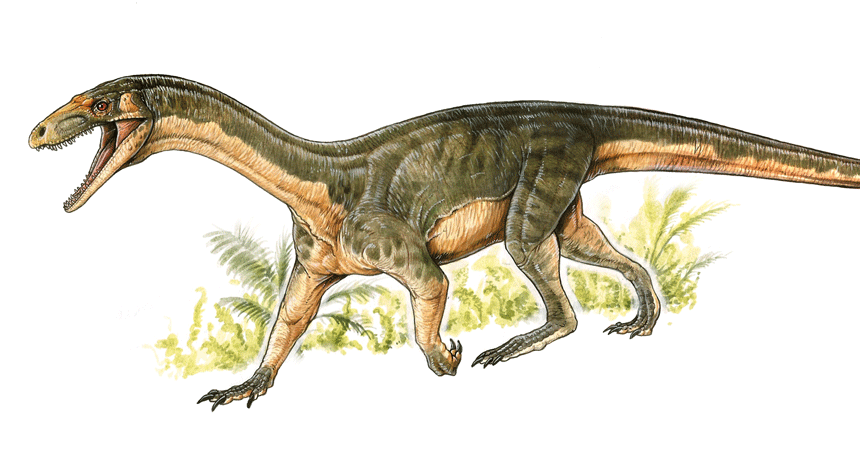Questions for ‘Defining a dinosaur is now far harder’

The dinosauromorph Teleocrater rhadinus had a skull depression that was once thought to be unique to dinosaurs.
MUSEO ARGENTINO DE CIENCIAS NATURALES "BERNARDINO RIVADAVIA" (BUENOS AIRES, ARGENTINA), ARTWORK BY GABRIEL LIO